Best Ointments For Swelling And Pain
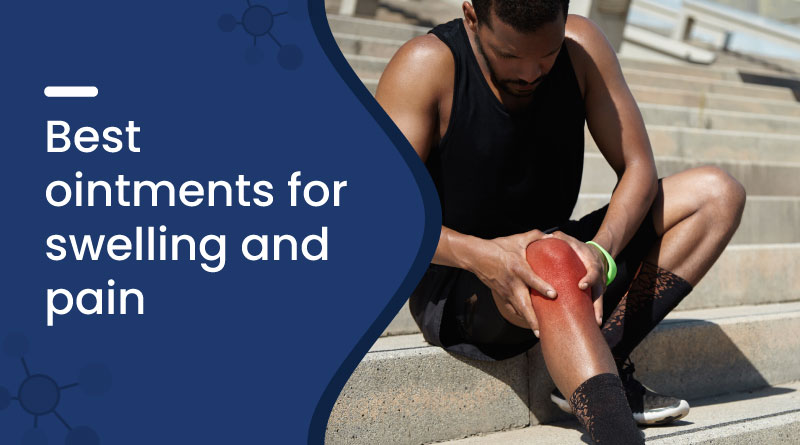

Swelling and pain happen when your body reacts to injury, infection, or irritation, causing fluid buildup and discomfort. They develop as blood flow increases and chemicals are released to start healing. Ointments reduce these symptoms by delivering pain-relieving or anti-inflammatory ingredients directly to the affected area. They are safe to use on the skin and give quick relief where it hurts.
What Causes Swelling and Pain?
Swelling and pain are your body's alarm system. They happen when tissues are injured, infected, or irritated. Blood rushes to the area, bringing healing cells and fluid, causing puffiness (swelling) and triggering nerve signals (pain).
How to Use Ointments for Best Results
- Clean skin first.
- Apply a thin layer.
- Gently rub it in.
- Use as directed.
- Wash your hands after.
- Don't use it on broken skin.
Benefits of Ointments for Swelling and Pain
- Targeted Relief: Ointments deliver medicine right where it hurts. This means the active ingredients work directly on the swollen, painful area, offering fast, focused comfort.
- Reduces Inflammation: Many ointments contain ingredients that calm your body's swelling response. By reducing inflammation, they help lessen both puffiness and the associated pain, aiding recovery.
- Minimizes Side Effects: Applied externally, ointments usually have fewer body-wide side effects than oral medications. This makes them safer to use for pain and swelling in one area.
- Easy to Use: Simply rub the ointment onto the affected skin. This direct application is convenient, mess-free, and can be done quickly whenever relief is needed.
- Supports Healing: By controlling pain and swelling, ointments help create a better environment for your body's natural healing process. They help you feel better while your body heals.
How Ointments for Swelling and Pain Work?
Ointments deliver special ingredients directly to your skin. These ingredients either numb the pain nerves or calm down the swelling (inflammation) in the area. This local action means relief reaches where it's needed, helping you feel better.
Types of Ointments for Swelling and Pain
- NSAID Creams/Gels: Contain pain and swelling reducers like ibuprofen or diclofenac.
- Counterirritants: Create hot/cold sensations to distract from pain, like menthol or camphor.
- Capsaicin: Made from chili peppers; reduces pain signals over time.
- Local Anesthetics: Numb the skin, blocking pain signals, like lidocaine.
- Salicylate: Similar to aspirin; offers mild pain relief and anti-inflammatory action.
List of Ointments for Swelling and Pain in India
| Product Name | Use |
|---|---|
| Thromzee Ointment | Reduces swelling, bruises, and local inflammation due to injury or sprains. |
| Mupicin Ointment | Treats infected skin wounds; helps reduce inflammation and prevent swelling. |
| Zosporin Skin Ointment | Combines pain relief with infection control in minor wounds and swellings. |
| Rumagesic Plus Gel | Fast relief from joint pain, muscle aches, and swelling due to strain or arthritis. |
| Dicamol Spray 55 gm | Relieves muscular pain, swelling, and inflammation quickly with spray action. |
| Dicamol Roll On Oil | Targets localized swelling and joint pain with roll-on convenience. |
| Fluocin MF Cream | Used for allergic skin infections with swelling, itching, and redness. |
| Flutoson F Cream | Relieves inflammation and swelling caused by eczema or allergic reactions. |
| Katcon Cream | Topical cream for back pain, joint stiffness, and swelling in muscles. |
You can buy the medicine Dicamol Plus Gel, Thromzee Ointment, and Rumagesic Plus Gel online from Zeelab, available at the best price.
When to Use Pain Relief Ointments?
Use pain relief ointments when you feel joint or muscle pain, especially after injury, workout, or at bedtime. They work best during rest hours.
Safety Advice:
- Follow directions carefully
- Patch test first
- Avoid damaged skin
- Wash hands after use
- External use only
- Avoid sensitive areas
- Discontinue if irritated
- Seek medical advice
- Keep away from children
When to Seek Medical Help?
- Pain worsens severely
- Symptoms don't improve
- High fever develops
- New or unusual swelling
- Signs of infection appear
- Difficulty breathing/swallowing
- Injury seems serious
- Pain is unbearable
- Symptoms return quickly
Conclusion:
Swelling and pain signal a problem, from minor issues to serious injury. While ointments offer targeted, temporary relief, they're not a cure. Persistent or worsening symptoms demand medical attention. Awareness of causes, choosing the right medicine, and prompt action are key for effective management and overall well-being. Always consult a healthcare professional.
Frequently Asked Questions (FAQs)
Q: What kinds of ointments help with pain?
A: Different types include herbal, anti-inflammatory, muscle relaxant, counterirritants, and analgesic-based topical pain relief ointments.
Q: How do pain relief ointments work to reduce swelling?
A: They lower swelling, improve blood flow, and stop pain signals to give quick relief.
Q: Are ointments safe for all types of pain and swelling?
A: Not all ointments suit every condition; always check type, ingredients, and doctor advice before use.
Q: Can I use these ointments on broken skin or wounds?
A: Avoid using pain ointments on broken skin, open wounds, or cuts to prevent further irritation.
Q: How often can I apply pain relief ointment?
A: Apply two to three times daily or as your doctor recommends for safe and effective relief.
Q: What are the common side effects of pain relief ointments?
A: No side effects are seen generally; however, mild skin irritation can occur in a few cases.
Q: When should I see a doctor instead of using an ointment?
A: If pain worsens, lasts long, spreads, or involves serious injury, consult your doctor immediately.
Q: Are there natural or herbal ointments for pain and swelling?
A: Yes, many herbal ointments use ingredients like menthol, camphor, and eucalyptus for safe pain relief.
Q: Can children use these pain relief ointments?
A: Some mild ointments are child-safe, but always ask a pediatrician before applying anything on children.
Q: How do I choose the best ointment for my specific pain?
A: Check your pain type, severity, and ingredient sensitivity, and ask a doctor for a suitable ointment choice.
Pudina ka phool, Nilgiri ka oil, Shigro oil, Dalchini ka oil, Jaiphal ka oil, Kapoor oil, Ajwayan oil, Lawang oil, Atsi oil, Til oil.
30 gm in 1 tube
Benzyl Nicotinate (2mg) + Heparin (50IU)
20gm Cream in 1 tube
Diclofenac, Virgin linseed oil, Methyl salicylate & Menthol Spray
30 ml Spray in 1 bottle
Bacitracin (4001U) + Neomycin (3400IU) + Polymyxin B (5000IU)
15 gm in 1 tube
Diclofenac, Diethyla Mine, 2% Methyl Salicylate, 10% Peppermint Oil 10%, Eucalyptus 5%, Turpentine 10%
60ml Roll on bottle
Recent Blogs
Disclaimer : Zeelab Pharmacy provides health information for knowledge only. Do not self-medicate. Always consult a qualified doctor before starting, stopping, or changing any medicine or treatment.

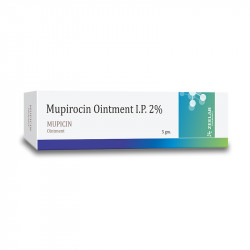
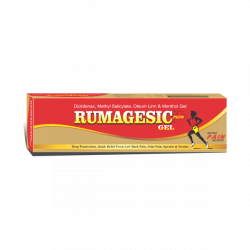
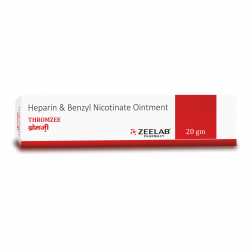
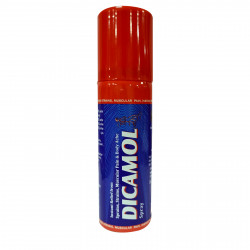
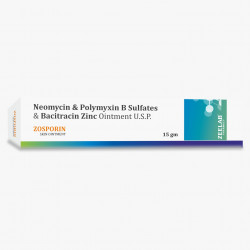
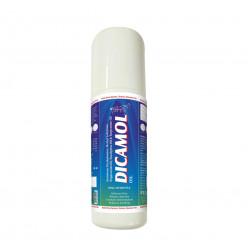
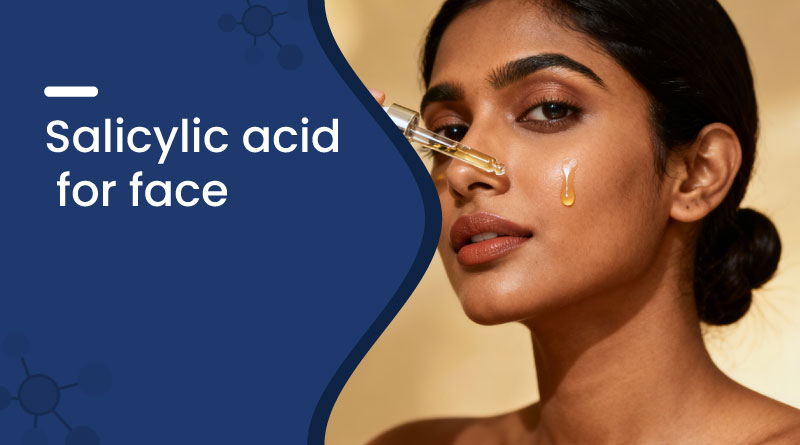


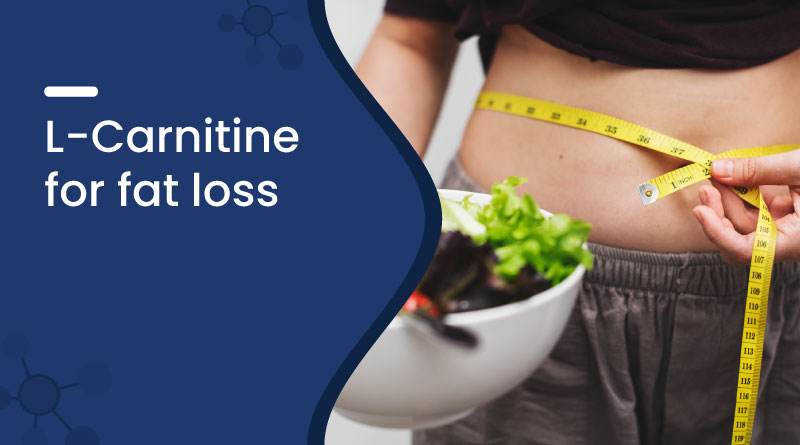











 Added!
Added!